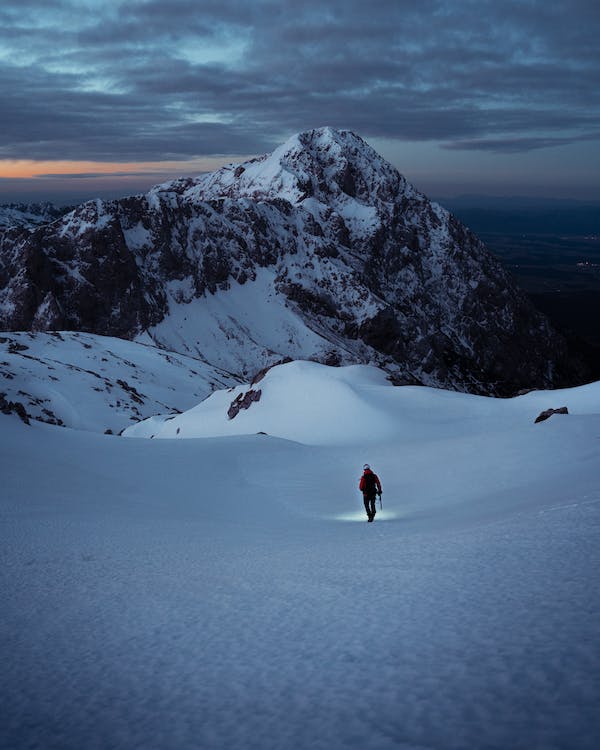There’s a lot more to Big Sky than being one of President Obama and Vice President Biden’s frequent vacation venue. Located in Gallatin and Madison’s counties, the Montanan tourist spot boasts breathtaking natural landscapes that are perfect for relaxation. The best part? Big Sky is a popular destination all year round. A national park tour, a mountain hike, fly fishing, whitewater rafting, hunting, and golf are some of the activities that await you in Big Sky.
However, if you are an avid fan of mountain trekking, then you’re on the right track! Today, we will focus on the top four summits in the Big Sky.
History
1n 1962, the Montana State Highway Department first referred to Montana as the Big Sky Country in one of their promotional campaigns. A highway department employee who is a fan of author A.B. Guthrie Jr. sparked the “Big Sky” idea. The advertisement bank on the concept that the state has an unobstructed skyline that overwhelms the surrounding landscapes.
If you wonder if Montana has bigger skies than any other places on Earth, you might be surprised with the answer: both YES and NO! Although there is a scientific phenomenon why this may be true, the fact remains that we are all under the same sky. It is only because Montana is both a mountain and a valley. This geography significantly changes the perceptions of other objects in the field of vision. For example, the moon appears larger, the stars appear closer, and the mountains appear smaller.
Geography
The Gallatin Canyon Basin, aka the “Meadow,” is the most notable area of Big Sky. It lies along an alpine valley, which is braided with small rivers and snow run-offs. Everyone, including minors, is permitted to fish in the Gallatin rivers. Meanwhile, the community had two large ski resorts called the Big Sky Resort and Moonlight Basin. The two resorts’ combined scope gave them the ticket to market themselves as the “Biggest Skiing in America”.
During Winter, the Big Sky is home to the most extensive skiing place in the country. Over 5800 acres of skiable terrain spread in four mountains. The highest you can get is 4350 vertical feet, and the longest trails you can experience is about 85 kilometers.
The Summits in the Big Sky
The Big Sky is blessed with abundant mountains. Hence, peak bagging for Montana trekkers is a vast and demanding feat. Well, no big deal if you have what it takes to climb these four summits.
Lone Mountain Peak. This is Montana’s highest summit at 11,166 feet. Before anything else, you must ride the Swift Current lift from 1648 feet from the trailhead of Lone Mountain. The hike starts at Big Sky’s Mountain Village (from about 7500 feet) and is led by mellow trails to the base of Bone Crusher. Bone Crusher is the name of a local ski run. From here, it’s a matter of going over headache inducing drops to the summit.
Beehive Peak. Standing at about 10,742 feet, the Beehive peaks is located at the Spanish Peaks area of Lee Metcalf Wilderness, crowning the glacially covered Beehive basin. Routes are relatively easy, with final buttress difficulty range from 5.8 to 5.11. The descent is via the skiing grounds on the left side of the buttress. Remember: the climbing seasons are from mid-June to October. Visitors can camp anywhere if it is 200 feet from the trail or any lakes.
Gallatin Peak. The Gallatin Peak follows the Lone Mountain at 11,015 feet. While many climbers visit Gallatin Peak in Winter to ski on its couloirs, it is also a good climb during summer. The place is quite remote and requires an entire day to reach the summit. To get there, you must hike through the accesses via Gallatin Canyon. The best route is via the South Fork of Spanish Creek in the Spanish Creek trailhead. However, the quickest way (but probably not the as beginner-friendly) is the North Fork trailhead miles past the Lone Mountain Guest Ranch.
Wilson Peak. Enjoy miles of peaceful shaded along the Dudley creek to reach the mountain’s jagged summit at 10,705 feet. You will travel through a forest from Dudley Creek to a small lake and an off-trail scramble. To get there, you will have to traverse into the Gallatin Canyon and drive approximately 34 miles and turn right into the Dudley Creek Road. An additional two miles down the road, and you will finally reach the Dudley Creek trailhead. Take note: some sections of the trail are poorly maintained. If you lose track, follow the roads from the creek to Dudley lake.

